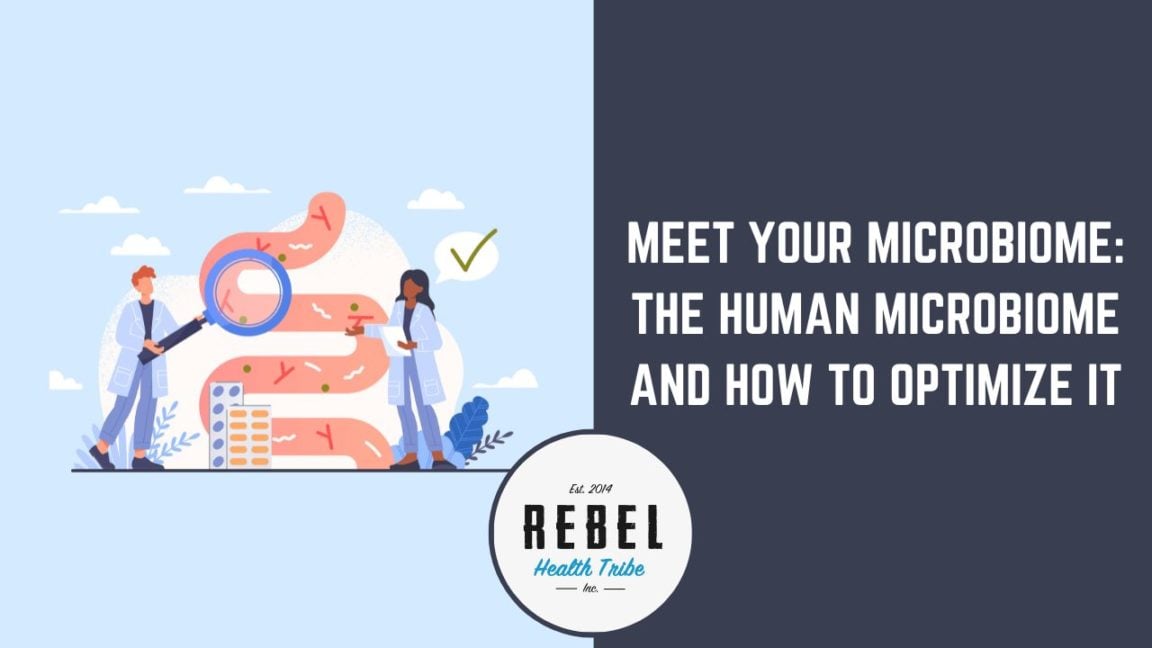
Meet Your Microbiome: The Human Microbiome and How to Optimize It
Meet Your Microbiome: The Human Microbiome and How to Optimize
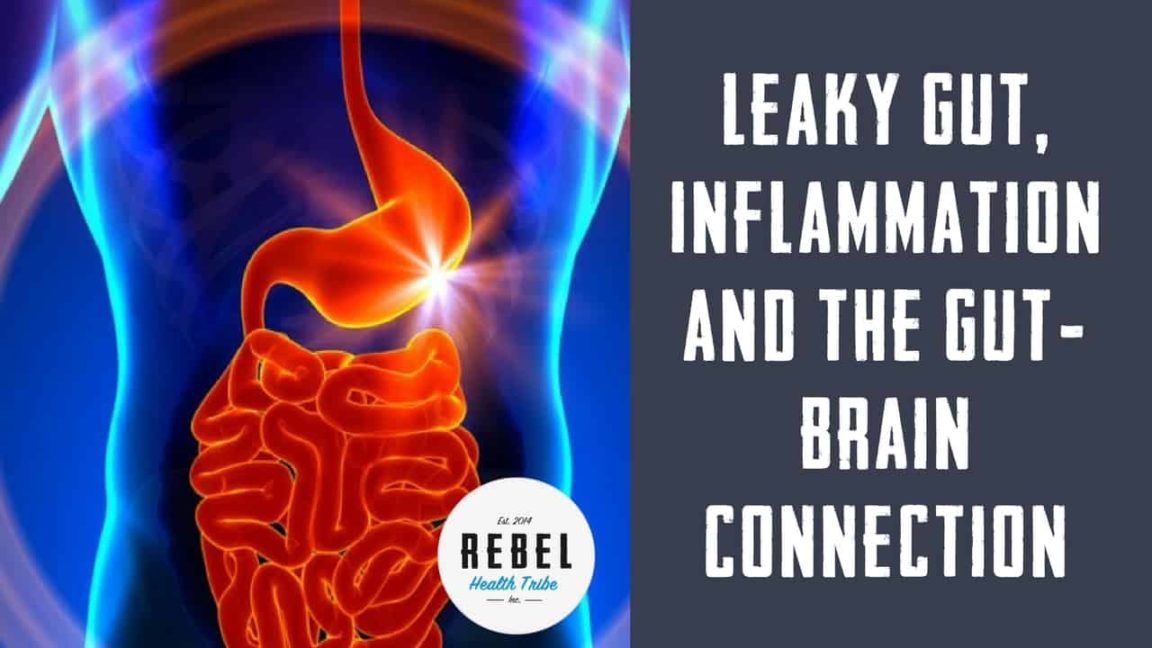

Meet Your Microbiome: The Human Microbiome and How to Optimize
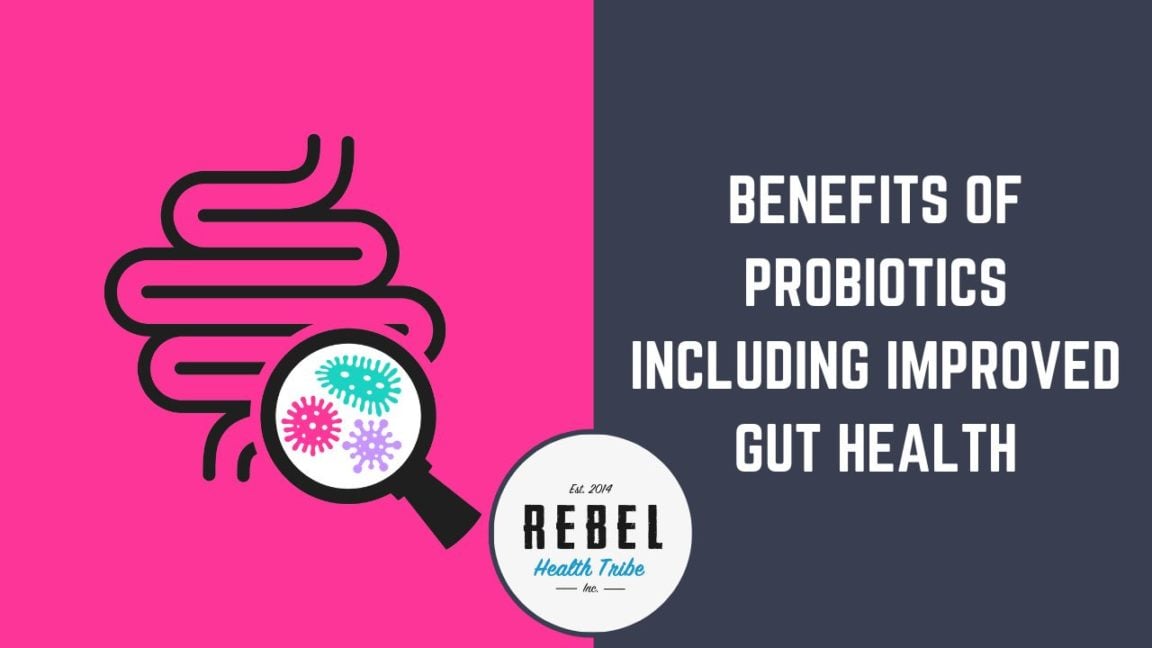
Benefits of Probiotics Including Improved Gut Health “Probiotics” has become

Gut Microbiome Health and the Gut-Immune System Connection: Part 2
Leaky Gut, Inflammation and the Gut-Brain Connection. Can “special” probiotics aid in brain function, cravings and more?
Joe Rignola: An interesting study that he’s working on. Do you want to talk about that a little bit? You can mention names here I think.
Kiran Krishnan: Yeah, sure. We all know that leaky gut is becoming one of the hottest issues as it sets up the inflammatory process, the systemic inflammatory process that is the cause of so many different disease—everything, all the chronic diseases, things like even depression and anxiety, of course, neurological issues. But then things like diabetes, coronary artery disease and Alzheimer’s, all these things. So, leaky gut is very interesting.
Now, what I’m involved in, I’m involved in a couple of trials. And we’re looking at studying leaky gut and mitigating leaky gut in human subjects. This is human clinical trials. And as far as I know, it’s kind of the first that has ever been done with this type of model.
So, we were looking at the ability to induce a leaky gut type of reaction in a healthy subject. So we were trying to figure out “Well, how do you induce that?”
Well, what you realize in looking at some of the data out there is that diet plays a major role in how leaky or permeable your gut is. And one of the things that diet affects is the amount of LPS, lipopolyssacharide that’s released from your gut microbiome.
So, your microbiome contains somewhere 60% to70% gram-negative bacteria. Gram-negative bacteria contains something, within their cell wall, called lipopolyssacharide (LPS). It’s an endotoxin. It’s an endotoxin meaning that that’s the toxin that’s built within the cell wall of the bacteria. The time that it gets released is when the cell dies (the bacteria dies for whatever reason, whether it’s from antibiotic use or from diet).
So, what we found is that if you feed somebody a really high fat—when I say “high fat,” I mean bad fat. So we’re looking at omega-6 fatty acids primarily, things in vegetable oils, peanut oils, typical deep fried stuff that you find in many of these fastfood restaurants—and also very high in calories for a single meal, that tends to create a massive die-off of your microbial bacteria, and subsequently, a release of LPS.
This big release of LPS in the body sets up an acute leaky gut type syndrome where then you can find bacterial debris, immunological activity in the gut in the circulatory system. So you see this huge inflammatory cascade that happens from that single meal.
So, we were looking at really high fat, really bad meals that we could do. And of course, one of the most potent ones that we found that induces this effect is a McDonald’s breakfast.
Joe: A McDonald’s breakfast.
Kiran Krishnan: Yeah, of course. We can call it a McInflammatory.
And here’s the crazy thing about it. When I first started working with this group of researchers at the University of North Texas on this study, what we found is that those effect, the inflammatory effect, from a single meal can be seen in the blood for over 15 days—single meal. We can measure endotoxins, bacterial endotoxemia in the circulatory system for 15 days from one single meal. And imagine people eat this almost every day, some people, even a couple of times a week if you’re saying, “Oh, you know, I’m rushing out. I didn’t have time to make breakfast. Let me just grab a McSomething or the other” or whatever it may, “on-the-go.” That effect can last for 15 days under the foundation of mood alternations.
Now, almost any kind of meal you eat will increase LPS secretion to some degree, even some of the good meals—of course, the bad meals, much, much higher. But one of the effects [00:03:50], Joe, that we’re finding is that good bacteria, like those find in the Megaspores’ spore-based probiotics, even some fermented foods (not the bacteria within, but the actual nutrients) can have a dampening effect on that LPS release.
And so, if he’s not getting the daily exposure, what could be happening is just a systemic increase in LPS that’s going into the system that can be creating some of these food alterations.
Joe: Interesting. So you say 15 days. Does that mean the intestinal permeability is lessened for 15 days or is it just the inflammatory effects from that?
Kiran Krishnan: I think it’s a little bit of both. We see a very nice curve. The highest point of the curve is at about three hours after the meal. But the rest of the curve takes probably about 15 days to really tamper off. Within about 4 ½ to 5 hours, you see this very low-grade degree of inflammation. And that low-grade degree of inflammation can be measured for the next 15 days.
Now, the problem with that is low-grade inflammation is at the root cause of all the issues with the gut-brain axis. And we can talk more about that when we get into the specifics of each different types of conditions. But keep in mind, low-grade inflammation is a major issue.
Do you want me to talk about the general physiology of how the gut and the brain is…
Joe: Yeah, and like neurotransmitters. I know you’ve mentioned before that certain bugs in the gut deal directly with certain neurotransmitters. They affect neurotransmitter production. And maybe a little bit on how our microbiome has evolved to trigger cravings for foods that they want.
Kiran Krishnan: Sure, yeah. So, in order to really understand all the different lifestyle choices that can affect the gut-brain axes and how it affects the brain, it’s important to understand the physiology behind how the gut and the brain are connected.
And in fact, the more that people study it, the more they’re starting to understand that it’s not a gut-brain connection. They’re almost part of the same organ. So the gut and the brain are two halves of a central system within the body.
The enteric nervous system, which most people are familiar with—or hopefully, they’re familiar with—is basically a very elaborate collection of neurons that line up right behind the intestinal walls. So basically, all the way from your mouth, all the way down to the anus, you’ve got your gut barrier. And right underneath the gut barrier is the enteric nervous system.
The enteric nervous system is a very, very dense collection of neurons. These neurons are responsible for taking signals—chemical signals, both immune signals and also neurological signals—and carry it from the gut all the way to the brain through the vagus nerve system for the most part.
Now, all of these is within the autonomic nervous system. So these are all involuntary things. As humans, we don’t really have any control of it (specifically like we do voluntary movements like the movement of our muscles and eyelids, things like that). These are involuntary movements. This is part of the parasympathetic pathway as well. So the peristaltic activity of the gut is controlled by this enteric nervous system. The motility, the other functionality, the cramping, things like that, are also controlled by the enteric nervous system. A lot of chemical signals from your gut run up the enteric nervous system through the vagus nerve up to the brain.
So there’s a very, very direct connection between the brain and the gut. And in fact, it’s still debatable who influences whom the most. There’s a lot of resulting studies that are showing that the gut is probably more influential than the brain than vice versa.
So, the brain actually is a command center, if you will, that is looking for information. The brain gets information through your eyes. It gets information through your ears, smell through the olfactory system, through the taste system. But a large part of the information the brain gets about the environment, the metabolic status, the energy status of the organisms is through the gut.
And the gut sends the brain all kinds of signals all day long about how to deal with things, how to respond to stresses, how to respond to adverse conditions, how to deal with the types of foods that are coming, so and so forth.
So that’s a major connection between the gut and the brain. There’s a lot of complexity to it. And a lot of it is still being discovered right now. This is some of the hottest new area of science right now, the gut-brain connection.
So, a few things to keep in mind when we’re talking about gut-brain connection, how everything is influenced. A few things, a few terms, that are very important.
So, as far as neurotransmitters are concerned, the first one would be BDNF. BDNF is basically a type of protein that’s a brain growth protein. BDNF stands for brain neurotrophic factor. BDNF is a very important protein to increase the function of the brain, to increase synaptic regions, to develop more neurons, and in fact, will help prevent some of the neurodegenerative issues related with aging and also with other diseases that are neurodegenerative like Alzheimer’s. So BDNF is very, very important. And BDNF is produced by a healthy gut bacteria.
The other one is GABA. GABA, some people are familiar with. GABA is a neurotransmitter that actually calms the nerves down. So GABA is very important in terms of reducing hyperactivity of the neuron, calming you down, allowing you to deal with stresses and actually will have de-stressing effect on systems. So that’s another important one.
And then, glutamate. Glutamate is very necessary for memory function, very necessary for cognitive capabilities, things like problem-solving, and as I’ve mentioned, memory, learning as well (the ability to learn new concepts, interpret and understand new concepts, learning a new environment). All these things are dependent on glutamate.
And glutamate is probably the most abundant neurotransmitter found in the brain itself. And glutamate is also produced by the gut bacteria.
Another one is serotonin. Serotonin, most people are familiar with serotonin as the happy hormone. Serotonin is obviously produced in the gut. So 90% to 95% of circulatory serotonin is produced in the gut, not in the brain. Serotonin controls dopamine and other such neurotransmitter activity within the brain as well. So low serotonin levels are associated with many different issues—autism, depression, ADHD, ADD, those kinds of neurological disorders.
So, serotonin, BDNF, GABA and glutamate, if we just know those four things, you’ve got a really good stronghold on what is happening within the gut that is so important to the brain.
Joe: Awesome! Really thorough. And melatonin, is there a link at all between the microbiome and melatonin? I know melatonin is made predominantly in the gut, but I didn’t know if it’s microbiome-related or it’s just excreted there.
Kiran Krishnan: Yeah! No, that’s a good question. I looked into that for some research on that. I didn’t find much to see if it’s the bacteria making it or the bacteria stimulating the release of it.
Serotonin, for example, the bacteria stimulates the type of cell called the EC cell which is part of your epithelial lining within the gut. These EC cells actually make the serotonin, but they require stimulation from spore-forming bacteria in particular in order to release it.
ZenBiome™ Sleep is formulated to help clients deal with occasional...
An Exclusive Course with 10 Years of Microbiome
If you’ve ever wanted all of Kiran’s best
The toxicity and Detoxification Masterclass covers a wide
19 Leading Experts Share Cutting-Edge Science, Effective Practices,
Autoimmune Masterclass brings together 17 of the world’s
If you get fatigued, flushed, or foggy after...
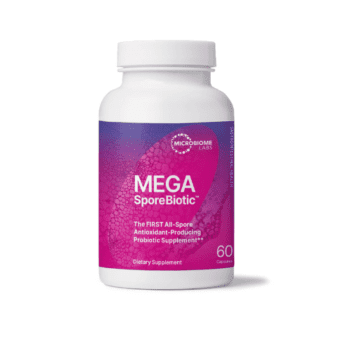
MegaSporeBiotic™ is a 100% spore-based, broad-spectrum probiotic shown...
MegaSporeBiotic™ Gummies are a 100% spore-based proprietary probiotic...
MegaMucosa is the first complete mucosal support supplement...

Meet Your Microbiome: The Human Microbiome and How to Optimize It On and in the average human, there reside approximately
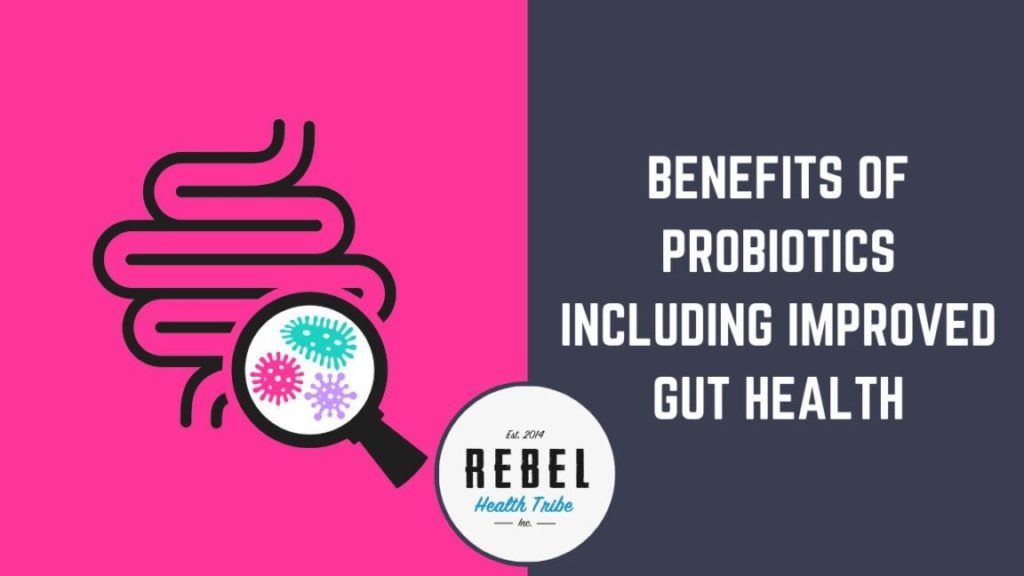
Benefits of Probiotics Including Improved Gut Health “Probiotics” has become quite the buzzword – with countless products and supplements proudly

Gut Microbiome Health and the Gut-Immune System Connection: Part 2 Lower GI The diverse community of microbes in your digestive

Gut Microbiome Health and the Gut-Immune System Connection: Part 1 Upper GI The message is out: gut health is critical